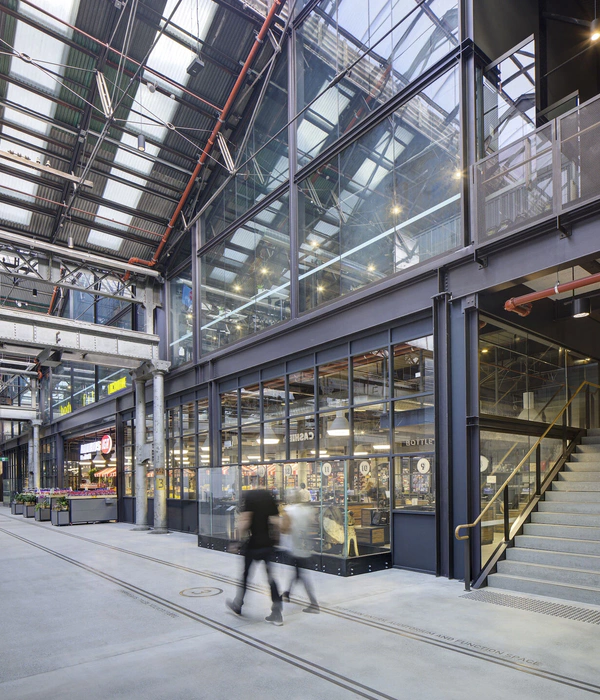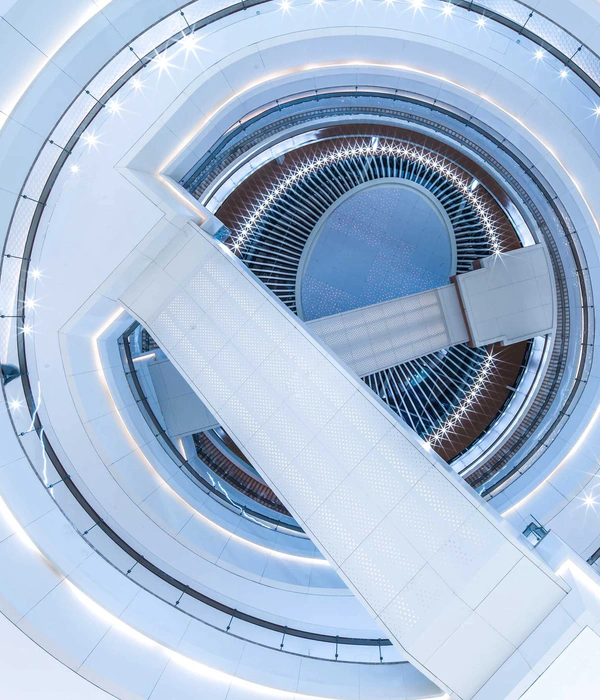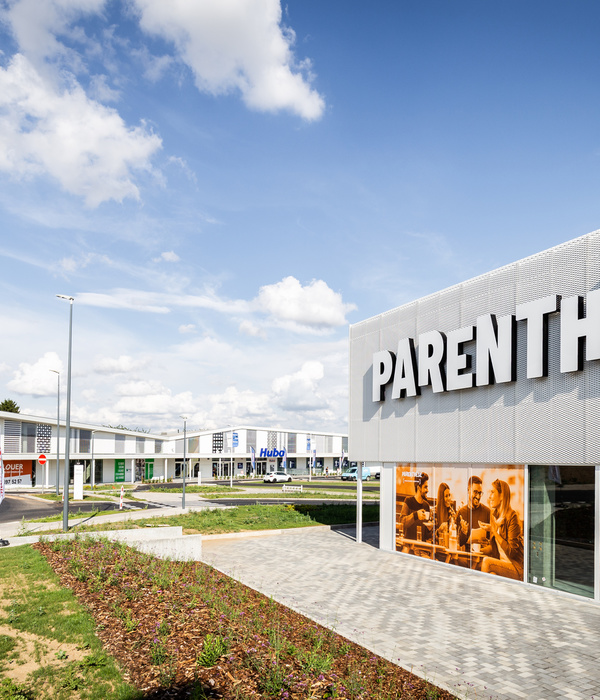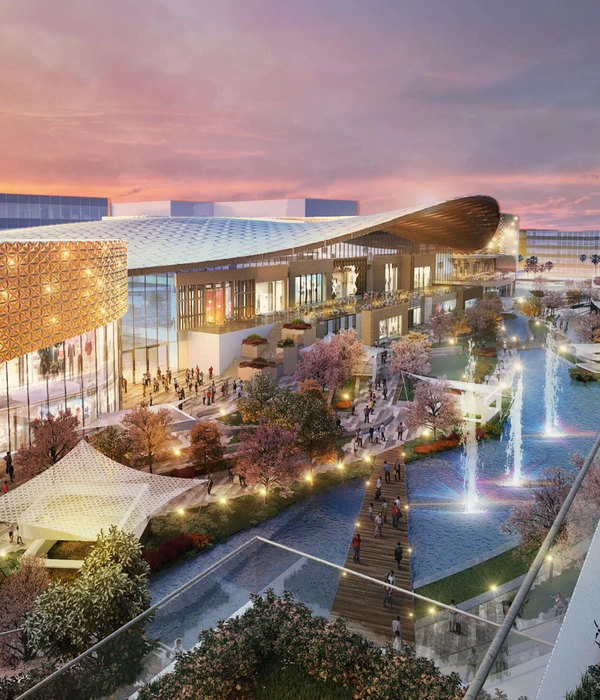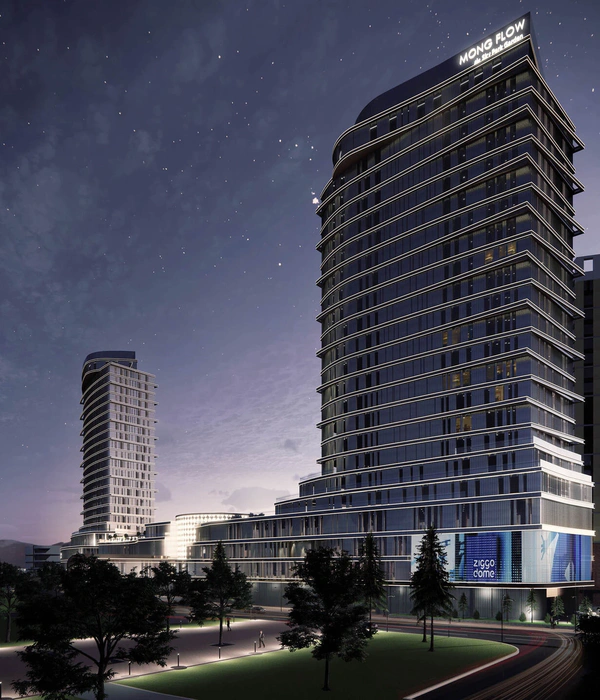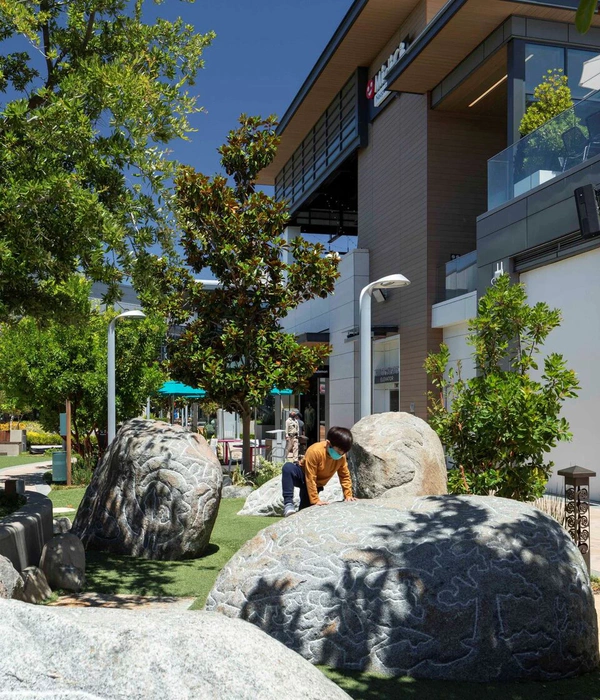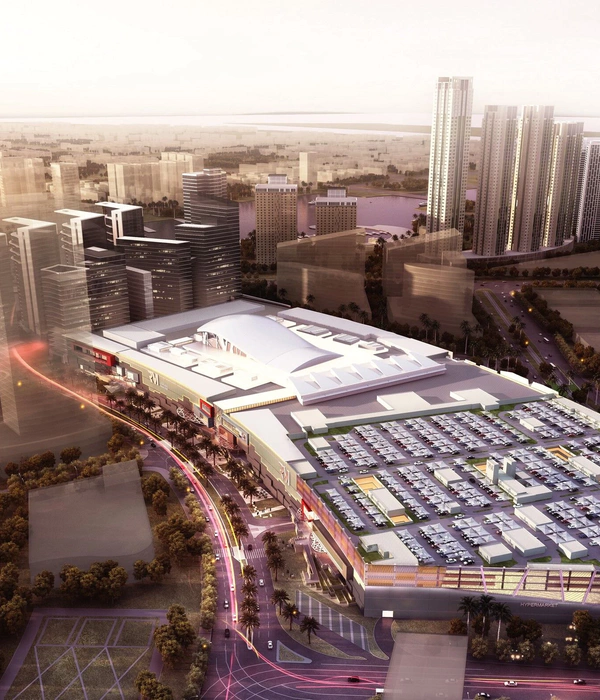德国 Stuttgart Milaneo 购物中心——现代都市中的自然、城市与未来融合


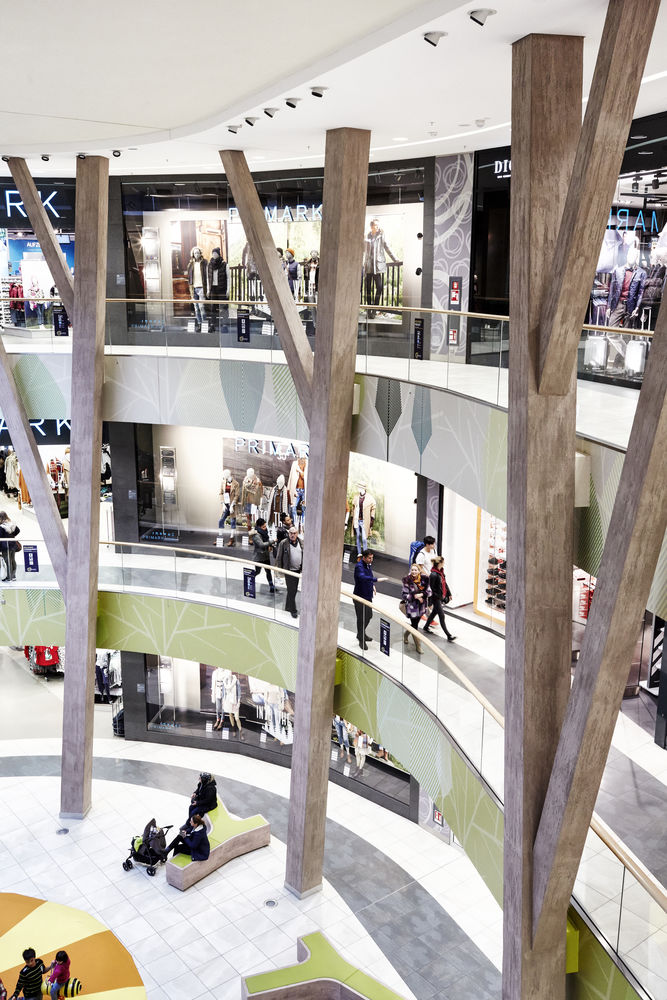
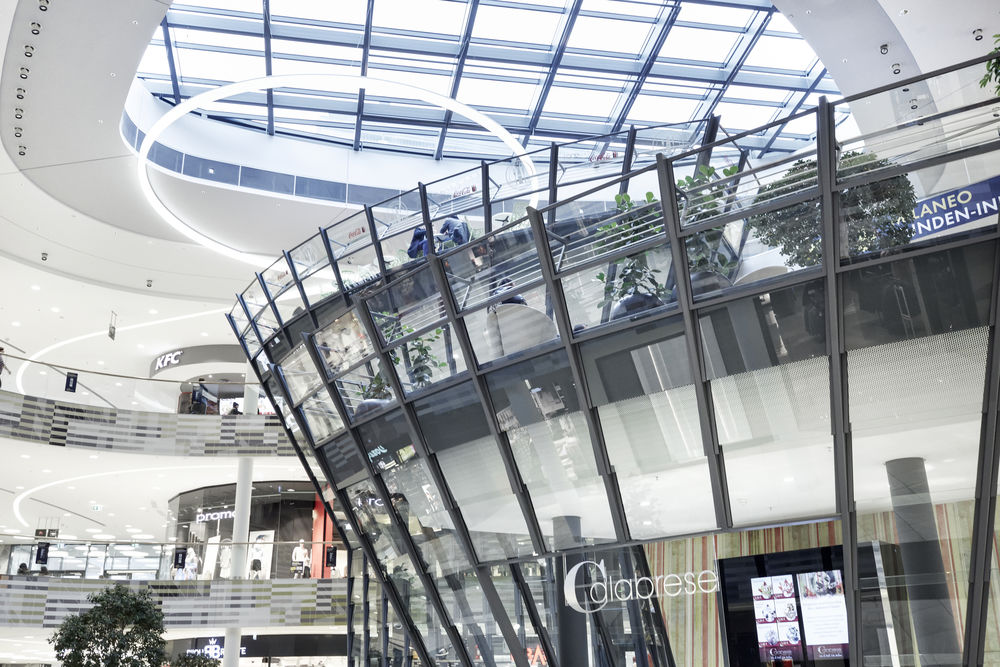
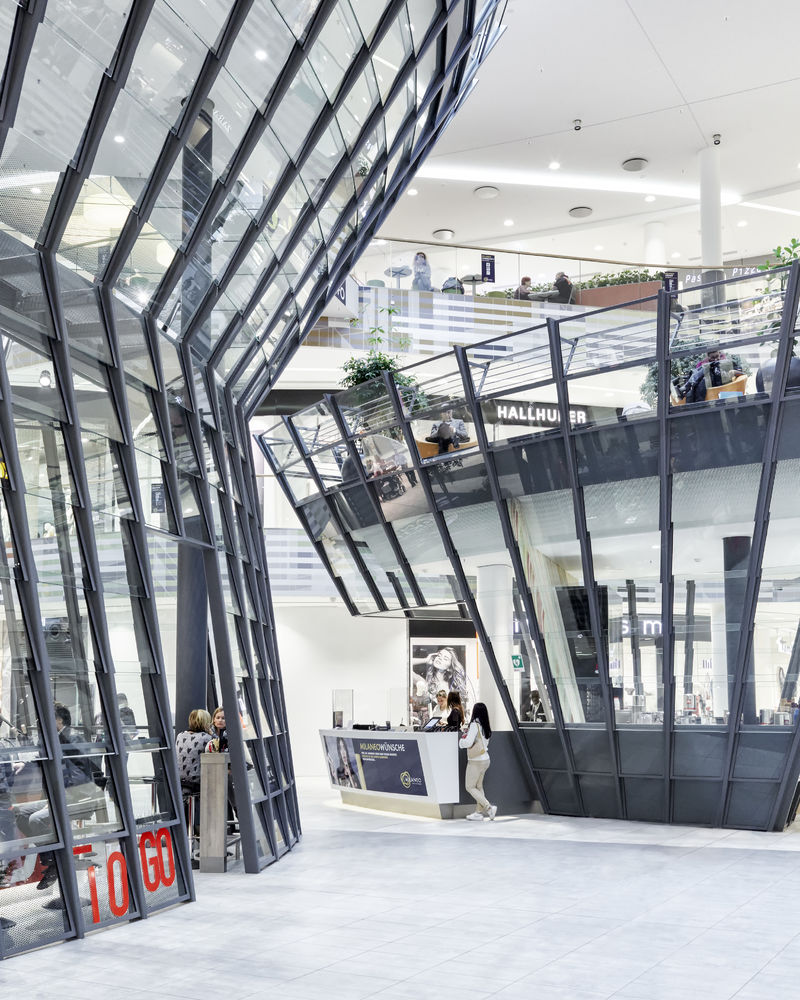
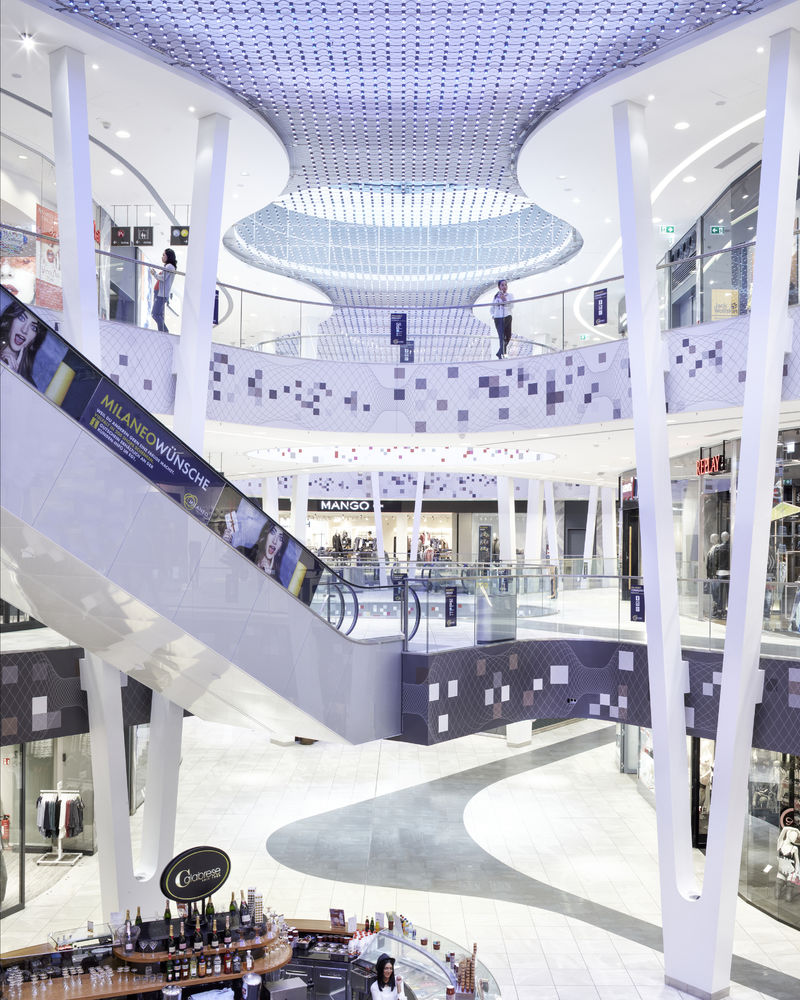
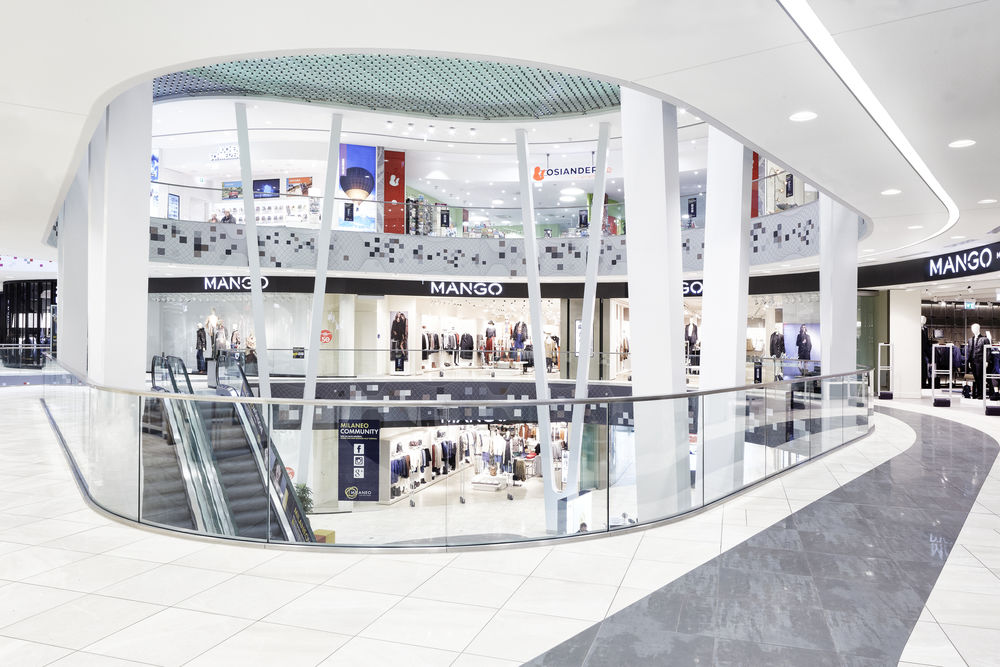

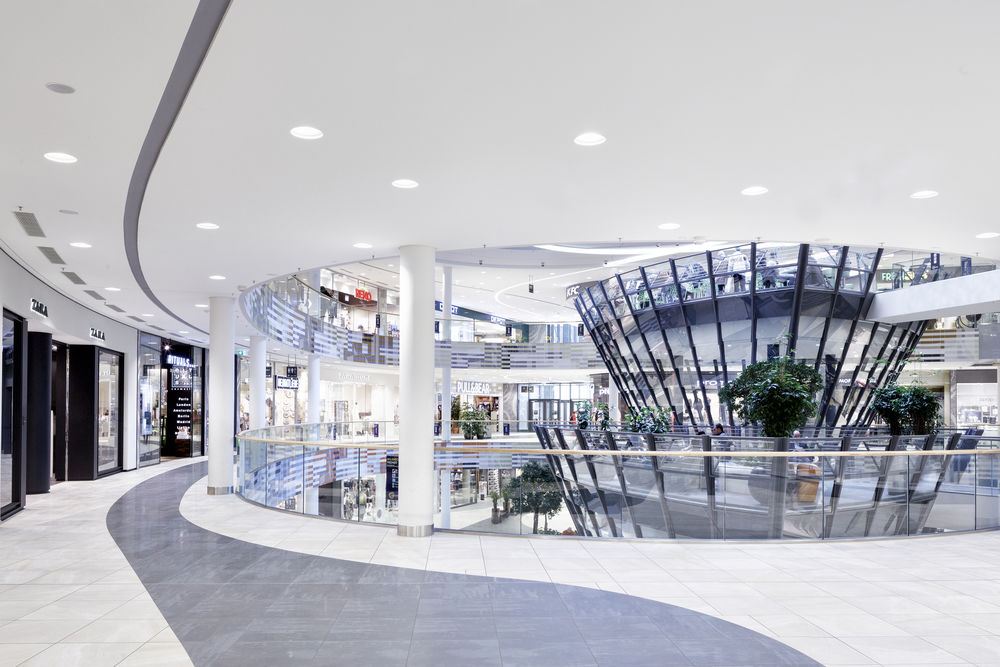
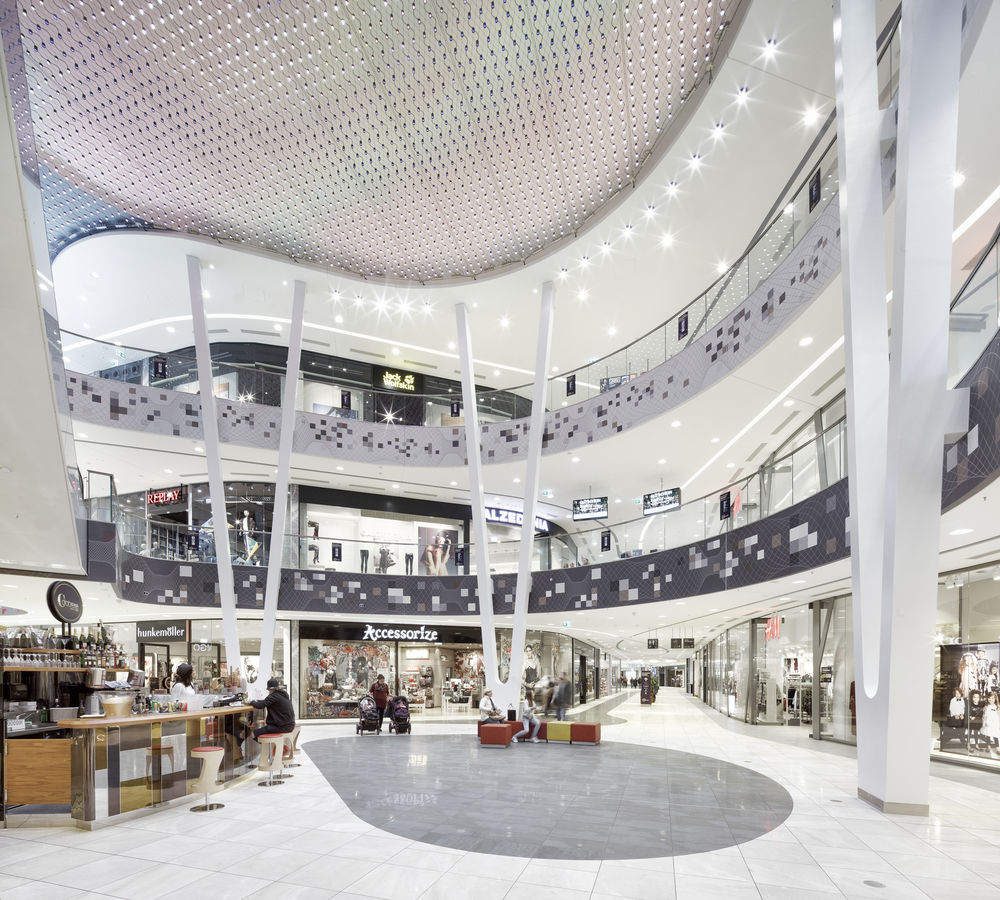
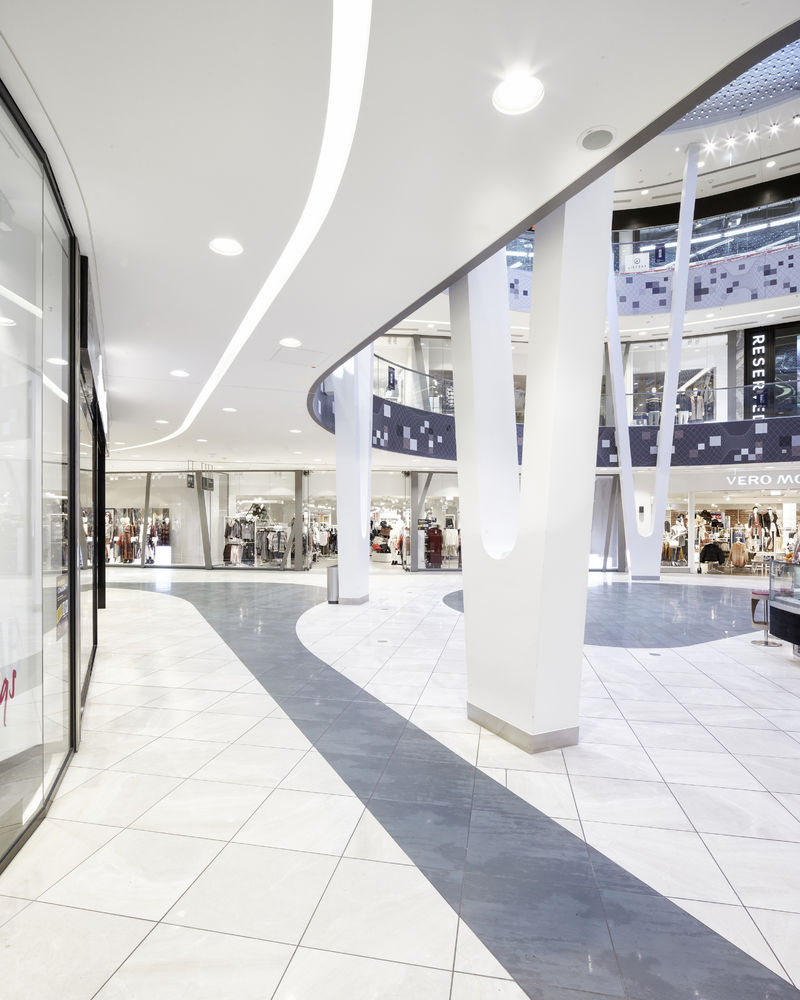

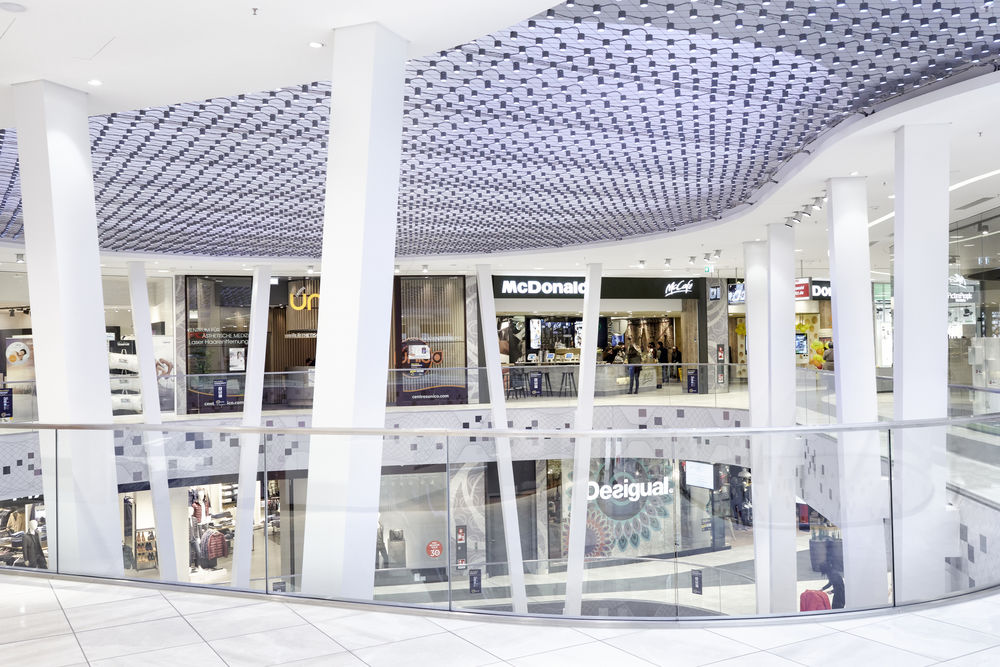
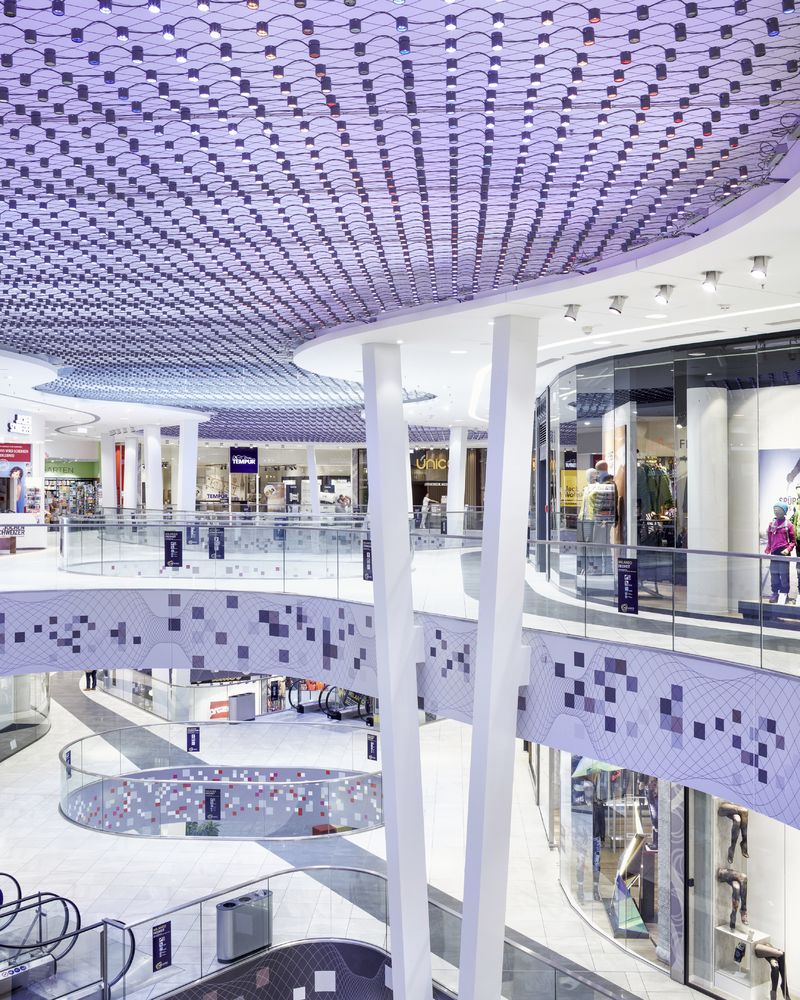
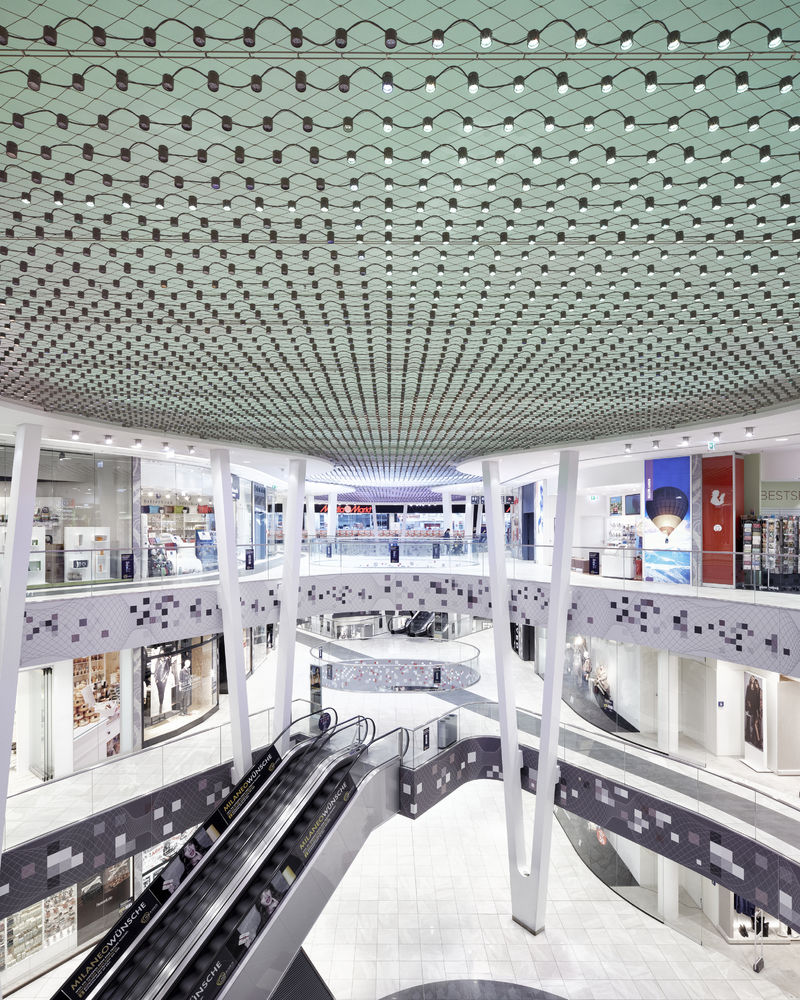
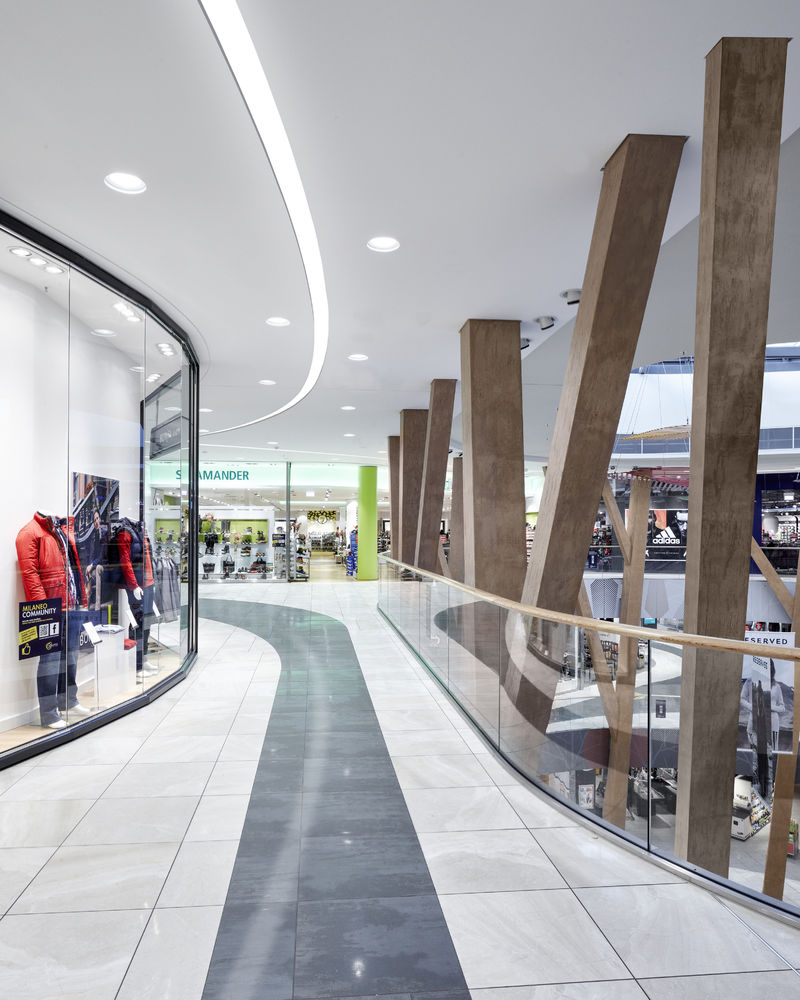
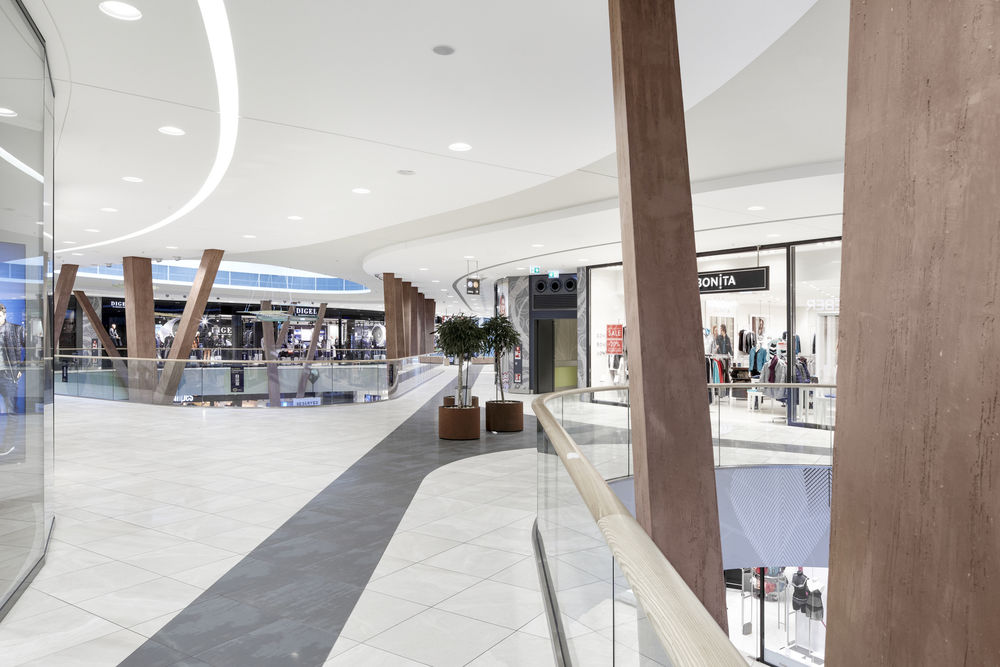
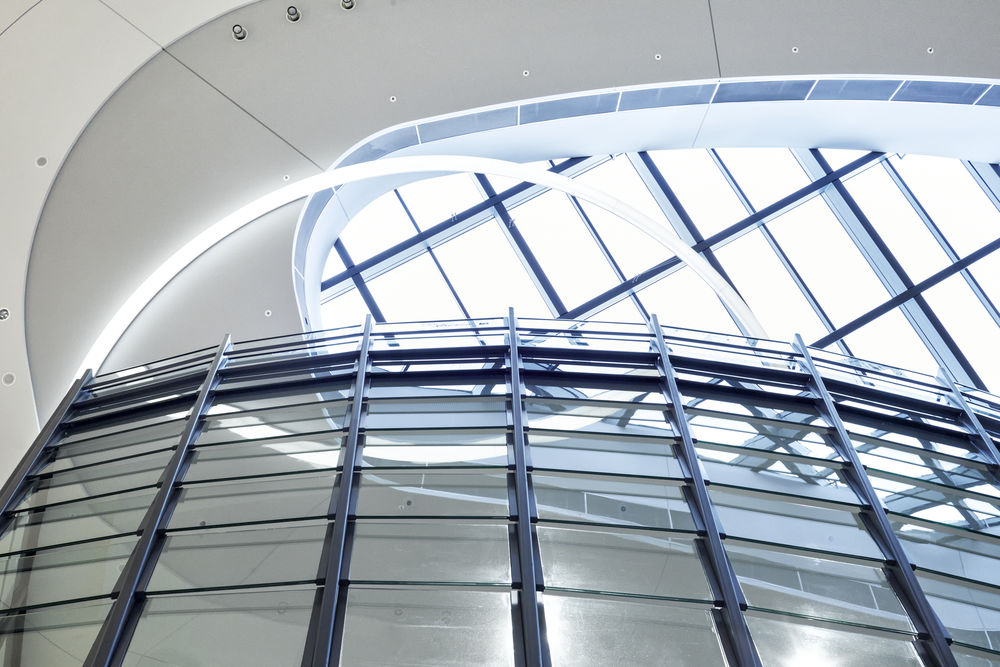
General concept: The Shopping Center Milaneo is a three-part building complex with housing, offices, and a hotel and is situated at the new Mailänder Platz in Stuttgart which was created during the urban development project Stuttgart 21. In 2010, TBI Architecture & Engineering won the invited international competition for the Interior Design Concept. Our interior design concept gives the building its own identity while creating a variety of interesting spatial experiences. The project is formed by three separate buildings. Each building contains a central core, formed by one or two large atriums with vertical circulations which are connected by linear malls. The three special design themes, nature, urban, and modern are assigned to each atrium and create different and interesting experiences through diverse ambiences and characteristics. The chosen elements emphasize both the different themes of the buildings and the verticality of the spaces. Through these “element markers,” areas of the mall become easily recognizable and appreciated by mall patrons. Through clean lines and forms, a quiet counterpoint is used to contrast the various embellished shop fronts, and our design’s wide and open architectural spaces are emphasized.
Nature: For the nature theme we’ve chosen the image of a forest. The forest is a vital element of our planet and represents a vertical structure in nature. At the two atriums, vertical, asymmetric, and crossing lines are integrated forming an urban forest. A variation of distinct views through the trunks and an interplay of light and shadow make this unique esthetic. The tree trunks not only represent decorative elements but are also designed as structural concrete elements allowing for the cross section of the columns to be reduced. In the nature area, real trees are combined in a random order with the supporting tree trunks. Brown, beige, and green are the dominate colors in this area and appear at the shop-dividing elements, wall coverings, and bulkheads, and also provides for a better orientation.
Urban: We decided to join the two circular atriums shown in the preliminary design study into one large space, consequently forming a new generous central area flooded with natural light. Located at the midpoint of the shopping center is a main square with restaurants and the food court. Two vertical steel-glass volumes rise up out of this central area giving this space its own unique urban ambience. The resulting spaces have different urban characteristics such as narrow streets, large squares, a roof garden and roof terraces. The architectonic shapes of the volumes are a result of the verticality of the space, the dialogue between the two buildings, and the requirement to occupy less floor space meanwhile offering as much usable roof area as possible. All levels are used by mall patrons and facilitate different points of views of the central square. On the inside of the volumes there is an Espresso Bar and the Info-Point of the Center. The food court is located on three sides of the central atrium with different seating areas in the mall, the edges of the atrium, and on the roof terrace of one of the volumes. The used materials are steel and glass combined with urban furnishings.
Modern: The architecture of the 21st Century is reflected above all in the mentality of the modern communication society. We are living in the age of the iPhone, Facebook, and Twitter. Every person has permanent access to the internet, wherever they are. Music is downloaded and movies are uploaded on YouTube. A dynamic ceiling of LED lights reacts to this world and serves as a virtual sky converting the plaza lying below to a multifunctional space between virtuality and reality. Media, technology, entertainment, and leisure fuse together in an architectural design which provides a framework for both normal activities and special events. The concept takes advantage of the fact that the atriums of this area don’t have natural light because of the overlying housing buildings. Instead, an organically shaped light sculpture made of X-LED floats above the buzz of activity. With dynamic changes of color, almost 10,000 LED dots provide just the right light atmosphere and fascinating effects. The LED ceiling can be used with in different intensities. During normal business hours, the ceiling shows constant illumination with some slow repetitive light effects. For special events the ceiling shows its capability by combining light, color, movement or images together with sound effects and music.
The Mall: The mall is the connecting element between the different vertical spaces; it enlaces and connects the different atriums like a ribbon and follows its own design rules. The flowing lines that create a continuous pattern on both the ceiling and floor represent this ribbon, which runs through this entire section of the floor of the mall and creates a unity with the organically shaped atriums. The gentle lines serve to accompany the flow of visitors on their way through the area, inspiring them to take their time and meander at their leisure. On the ground floor 1, the separation of the three buildings is represented by a rectangular space with large circular luminaires to break up the length of the mall as in the upper levels, and to create a visual separation of the different buildings.
Interior Design Concept: TBI Architecture & Engineering (Barcelona, Spain) in collaboration with ECE Projektmanagement G.m.b.H.& Co. KG (Hamburg, Germany)
Responsible Architects TBI: Miguel Jordá (Director TBI), Gregor Mertens (Project Leader), Raúl Esteve (Architect)
Photographer: Andreas Horsky

